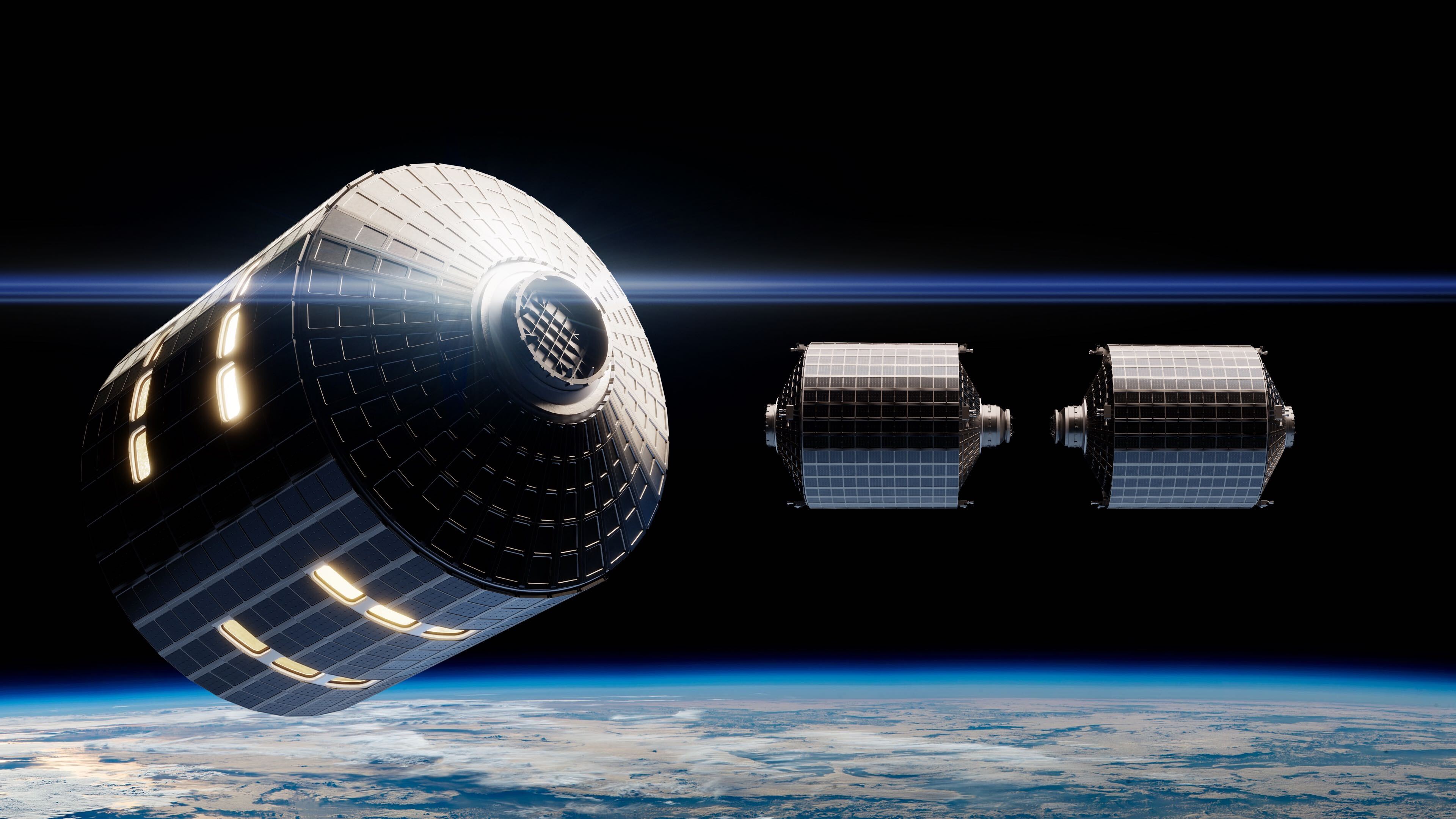Max Q: We are going
Hello and welcome back to Max Q. Before we get to the news, I have a pretty exciting announcement myself: We’re offering to Max Q subscribers free tickets to TechCrunch’s in-person space event. Find out more about the event and get your free ticket by clicking here.
In this issue:
- Artemis I takes flight
- Gravitics is building “Space Utility Vehicles” for space stations
- News from ispace, Metaspectral and more
It finally happened. After years of preparation and two false starts, NASA’s heavy-lift Space Launch System has finally taken off and entered orbit. It’s a big win for the space agency — even as it assigns to SpaceX tasks once meant for the SLS.
Some pre-launch jitters threatened to scrub the launch, but a “red crew” went out to the hot pad to tighten something, and a bad Ethernet switch of all things later also needed to be replaced. But everything came together about 40 minutes after the original T-0, and the rocket had a clean (and impressive-looking) ascent with no hiccups to speak of. It reached orbit and as of 13 minutes after launch the various stages, separations and cut-offs were green across the board.
The SLS is a key part of NASA’s Artemis program, intended to bring humanity back to the moon “to stay,” as they often emphasize. That means bringing a lot of gear up there, stuff that might take years of ferrying with smaller launch vehicles like the SpaceX Falcon 9 and Rocket Lab Electron. NASA used the hashtag wearegoing in the run up to launch and, well — now we finally are. And I’m psyched.
Image Credits: Kevin Dietsch/Getty Images
The space industry is on the cusp of a revolution. The cost of launch, which has dramatically decreased over the past five years, will continue to drop as heavy-lift rockets like SpaceX’s Starship and Relativity’s Terran R become operational. Parallel to these developments, multiple private companies have introduced plans to build commercial space stations for science, manufacturing and even tourism.
If space stations are the next phase of business in orbit, they’re going to need standard parts — and Gravitics aims to be the one making them. The startup is headed by space industry veteran Colin Doughan, who surveyed these currents and saw a gap in the market.
Private station operators “are going to need an easy LEGO brick to build in space,” he told TechCrunch in a recent interview: versatile, modular hardware to let humanity build in space at scale. Gravitics, which emerged from stealth following the announcement of a $20 million seed round, is calling the building block “StarMax.”

Image Credits: Gravitics
More news from TC and beyond
- ABL Space Systems scrubbed two launch attempts this week, as the company looks to fly its RS1 rocket for the first time. (ABL)
- CAPSTONE, the NASA spacecraft testing an unusual lunar trajectory for a potential future space station, has entered orbit around the moon. (NASA)
- Hermeus, a startup developing reusable hypersonic aircraft, completed a significant engine test, successfully transitioning the engine from “turbojet” to “ramjet” power. (Defense One)
- ispace will launch its mission to the moon aboard a SpaceX Falcon 9 on November 28, the company confirmed. Ispace also reached a deal with Japanese insurers for the world’s first “Lunar Insurance” policy. (ispace/ispace)
- Kayhan Space and Morpheus Space are teaming up to develop a collision-avoidance service for spacecraft. (SpaceNews)
- Metaspectral raised a $4.7 million seed round for its hyperspectral data analysis platform. Tim De Chant dives deep into one use case: recycling. (TechCrunch)
- NASA tapped SpaceX for a second crewed demonstration mission to the moon using the Starship human landing system, to fly in 2027. (TechCrunch)
- Phantom Space conducted a 60-second hot fire test as the company looks to launch its Daytona vehicle next year. (Chris Thompson)
- Space Perspective, a company developing balloon trips to the edge of space, acquired its first ship that will be used as a marine spaceport. (Space Perspective)
- Rocket Factory Augsburg will test its Helix engines at the Institute of Space Propulsion in Lampoldshausen, Germany, part of a new deal with the German Aerospace Center. (Payload)
- SpaceX employees who were fired after penning an open letter critical of Elon Musk’s leadership have filed unfair labor practice charges with the National Labor Relations Board. (The New York Times)
- The U.K. Civil Aviation Authority issued the country’s first spaceport license to Spaceport Cornwall, allowing Virgin Orbit to start preparing for its upcoming mission. (Civil Aviation Authority)
Max Q is brought to you by me, Aria Alamalhodaei. If you enjoy reading Max Q, consider forwarding it to a friend.












